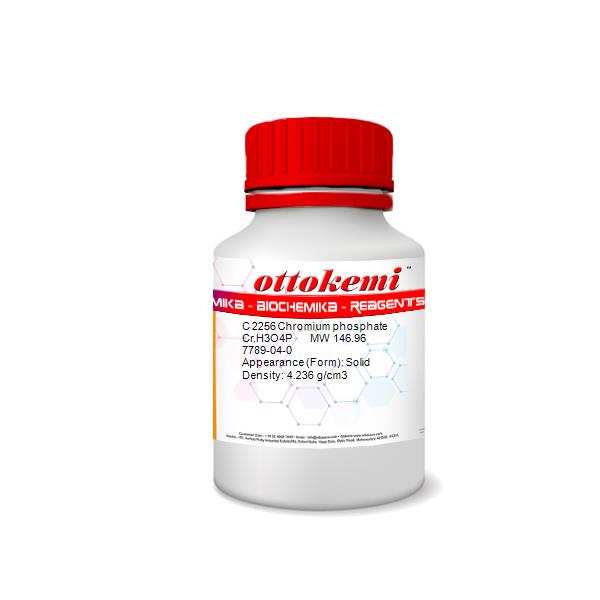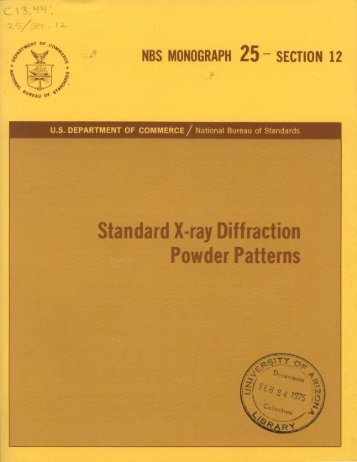


However, these novel P-fertilizers can also contain pollutants that are toxic for plants, animals, and humans. Since phosphate rock and P became a scarce resource in the European Union (EU 2017), several processes are under development to recover P from wastewater for fertilizer production (Schaum 2018 Kratz et al. It is removed from farmlands in the form of agricultural products and must be replaced by application of fertilizers to allow continuous farming. Phosphorus (P) is essential for all living beings and is supplied by their respective nutrition. Furthermore, our investigations showed that the Cr K-edge XANES spectroscopy technique is unsuitable to determine small amounts of Cr(VI) in fertilizers (below approx.

Since certain types of the P-fertilizers contain mobile Cr(III) or partly immobile Cr(VI), it is necessary to optimize the DGT binding layers to avoid aforementioned over- or underestimation. Furthermore, Cr K-edge XANES spectroscopy showed that the DGT binding layer also adsorbs small amounts of mobile Cr(III) so that Cr(VI) values are overestimated. However, hardly soluble Cr(VI) compounds cannot be detected with the DGT method since only mobile Cr(VI) is analyzed. DGT was very sensitive and for most tested materials selective for the analysis of Cr(VI) in P-fertilizers. We determined an overall good correlation between the wet chemical extraction and the DGT method. Thus, we applied the novel diffusive gradients in thin-films (DGT) technique for Cr(VI) in fertilizers and compared the results with the standard wet chemical extraction method (German norm DIN EN 15192) and Cr K-edge X-ray absorption near-edge structure (XANES) spectroscopy. This hazardous form of chromium is therefore regulated with low limit values for agricultural products even though the correct determination of Cr(VI) in these fertilizers may be hampered by redox processes, leading to false results. However, these novel P-fertilizers can also contain toxic pollutants such as chromium in its hexavalent state (Cr(VI)). Phosphorus (P) fertilizers from secondary resources became increasingly important in the last years.


 0 kommentar(er)
0 kommentar(er)
